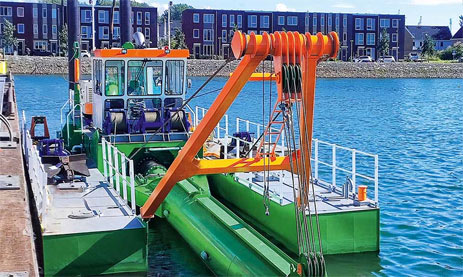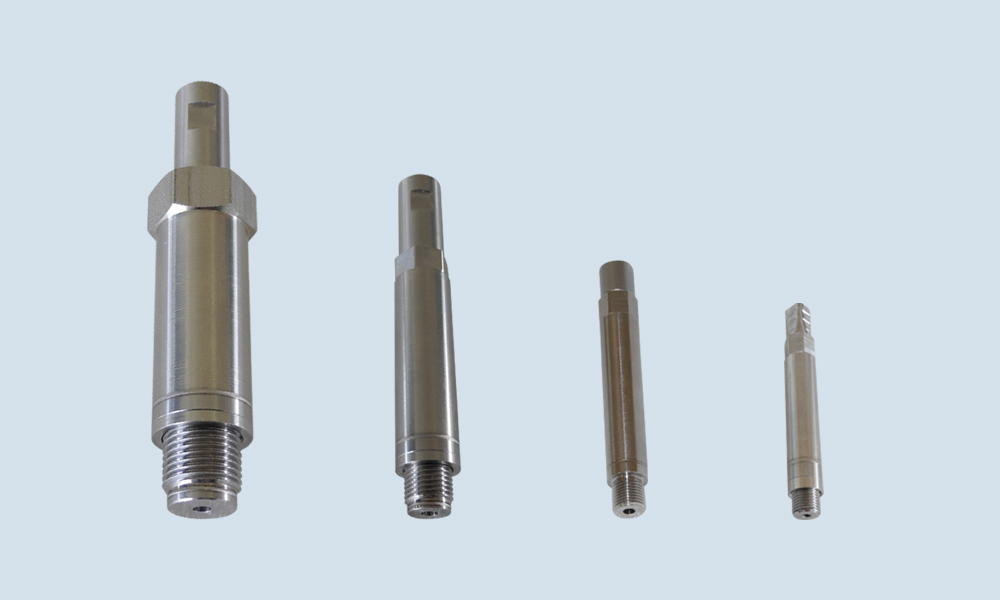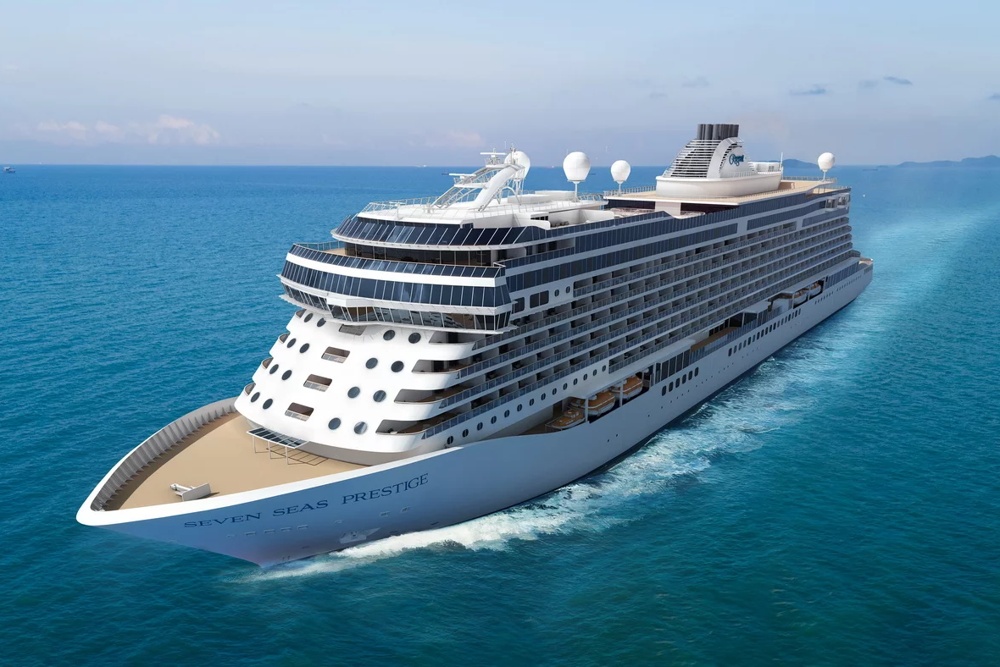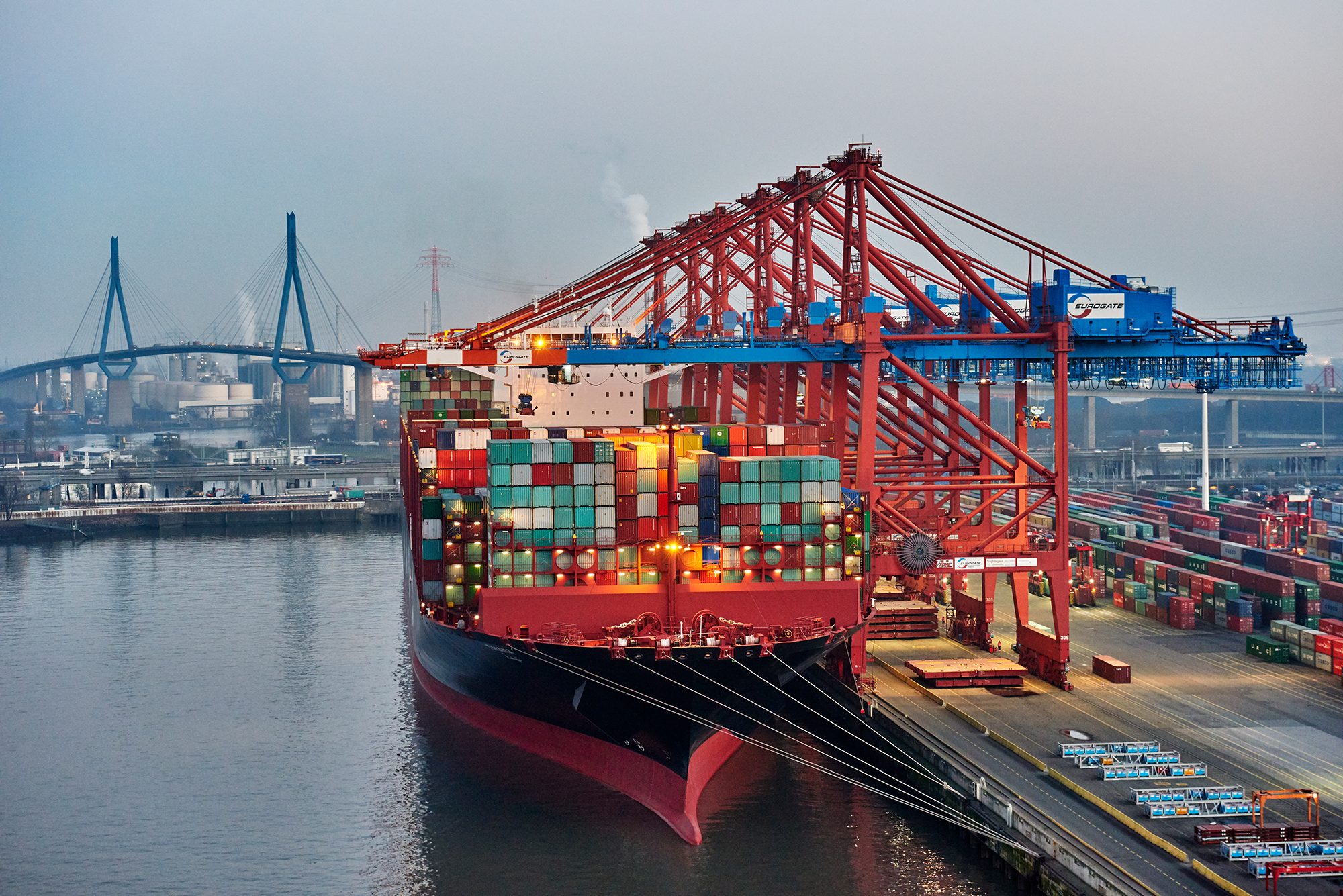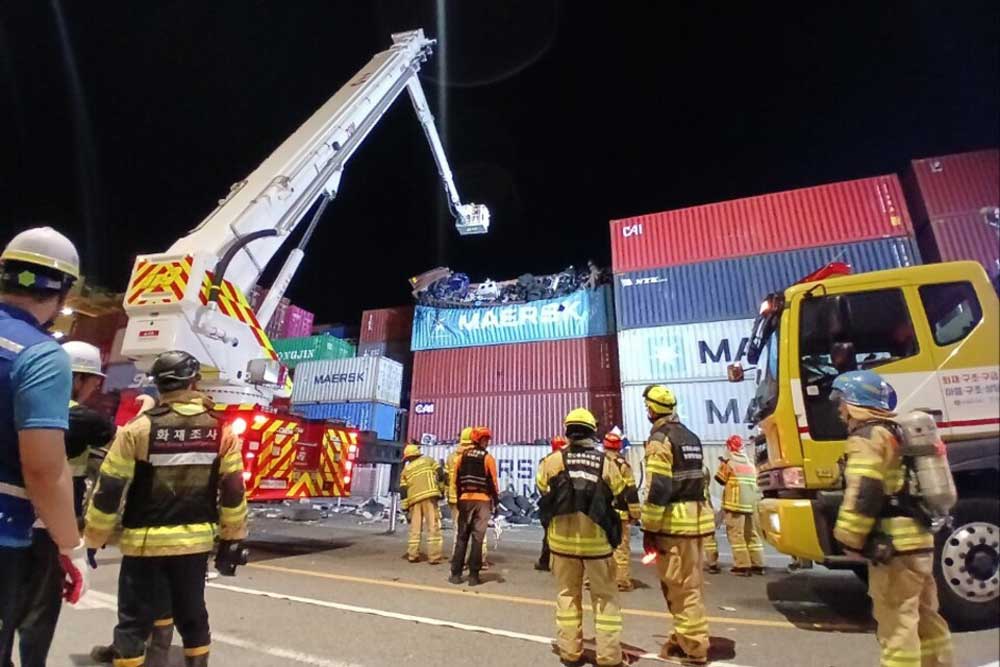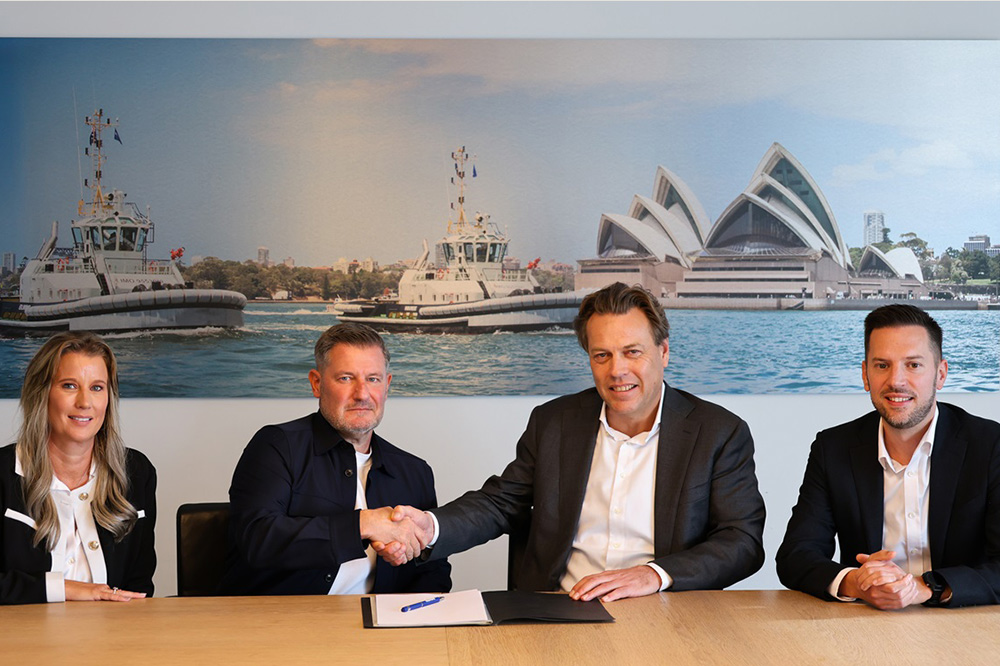The Singapore bunker hub is to receive a larger infrastructure for ammonia: Air Liquide and Vopak will work together to develop and operate the infrastructure for importing, cracking and distribution.
Representatives of the tank terminal operator Vopak and the gas company Air Liquide have now signed a memorandum of understanding.
This is not the first ammonia initiative in a port for the companies. There are also corresponding plans in Rotterdam, for example. Alongside methanol, ammonia is considered one of the low-carbon fuels for power generation and the maritime industry. Some shipping companies are already increasing their focus on this fuel, such as the Belgian shipping group CMB.
As a hydrogen carrier, many experts believe that ammonia is one of the most efficient ways of storing and transporting hydrogen. Based on an established global supply chain and infrastructure for the production, transport and use of ammonia, it can be converted into hydrogen after transport, thus contributing to the decarbonization of industry and mobility.
Vopak wants to use Banyan terminal
Vopak and Air Liquide now intend to investigate and explore the joint development of low-carbon ammonia supply chains in Singapore, including the potential development of ammonia cracking plants, associated infrastructure for storage and transportation at Vopak’s Banyan Terminal, and the distribution of low-carbon hydrogen via a hydrogen pipeline network.
The Banyan Terminal
With a storage capacity of almost 1.5 million m³, the Vopak Banyan Terminal is an integrated oil, chemical and gas hybrid storage terminal. The terminal is located on Jurong Island.
- Capacity: 1,452,163 m³
- Tanks: 112
- Tank size: From 2,600 to 25,000 m³
- Access: barge, pipeline, truck, ship
- Berths for ships: 7
The collaboration aims to support Singapore’s national hydrogen strategy. Zhang Xi, Managing Director of Air Liquide Singapore, said: “We are committed to working with industry partners such as Vopak to provide innovative and sustainable solutions to support Singapore’s decarbonization efforts.” Air Liquide’s pilot plant for cracking ammonia (NH3) on an industrial scale is currently under construction in Belgium, he added.
Rob Boudestijn, President of Vopak Singapore, said: “As Singapore prepares to receive and process ammonia for power generation and bunkering, cracking ammonia to hydrogen is an additional application that will help the industry transition to lower carbon feedstocks. We look forward to working with Air Liquide to accelerate the adoption and commercialization of industrial ammonia cracking in Singapore.”









